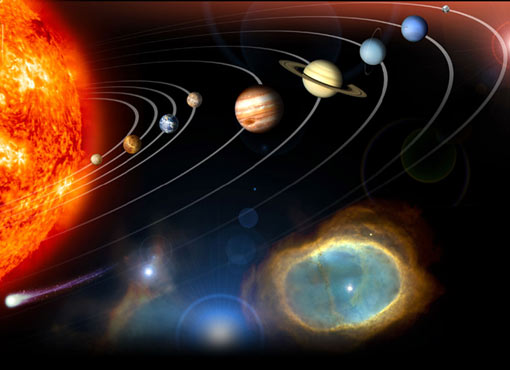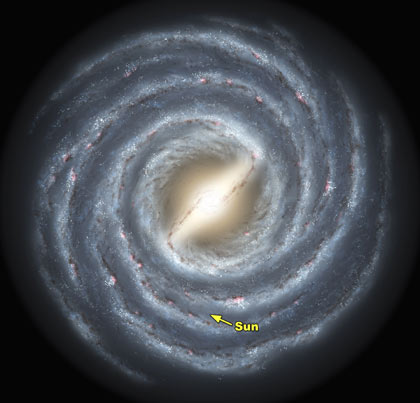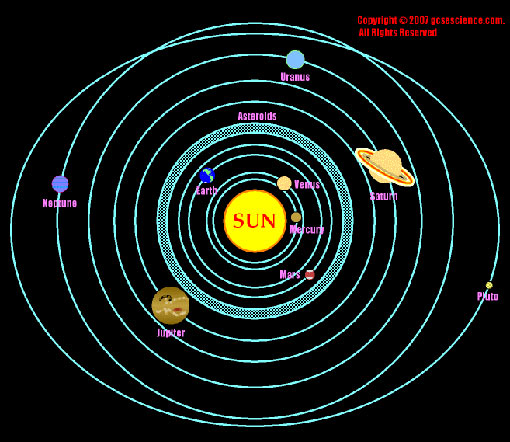Solar system moving 100000 mph faster than thought; 15% speed increase translates to doubling of mass of Milky Way

It turns out that our solar system is moving nearly 100,000 m.p.h.
faster than previously thought — revolving around the center of the
Milky Way at 568,000 m.p.h., announced Mark Reid of the
Harvard-Smithsonian Center for Astrophysics on Monday at the American
Astronomical Society's conference in Long Beach, Calif. Since velocity
is related to mass, the 15% increase in solar-system speed translates
into a near doubling of mass of the Milky Way, according to Reid's group
— and all of that newfound bulk is composed of dark matter.

Original estimates of the solar system's speed were based on what
Reid calls "one- dimensional velocity" obtained solely from Doppler
shifts. "Now," he says, "we have three-dimensional velocity and more
exact measurements" — a huge advancement in the field. The findings
debunk the notion that the Milky Way is a little-sister galaxy to her
neighbor Andromeda. "They're more like fraternal twins," Reid says. And
the fact that they are of equal size increases the likelihood that the
two will someday collide.
But humans needn't flee the galaxy anytime soon. First, there's so
much room between stars that Earth likely wouldn't feel any effects of a
galactic collision, though our constellations would certainly change.
And second, a crash is still about 3 billion to 5 billion years away, by
which time our sun will have transformed into a red giant and turned
the Earth into a smidgen of charred dust.

A flurry of recent findings has provided a clearer understanding of
the Milky Way than ever before. Just a few weeks before Reid's
announcement, Martin Pohl, an associate professor of physics and
astronomy at Iowa State University, revealed the most detailed map to
date of the galaxy's spiral arms. Pohl's map establishes that there are
two symmetric arms in the inner part of the galaxy that branch off into
four — answering a question that astrophysicists have grappled with for
50 years. (According to Pohl, our solar system is located near one of
the branching-off points, about 28,000 light-years — or 168 quadrillion
miles — from the galactic center.)
(unquote)Photos courtesy of scienceclass.ning.com, lns.mit.edu, and gcsescience.com
Original Source: Time
Tidak ada komentar:
Posting Komentar
Bagaimana komentar Anda?